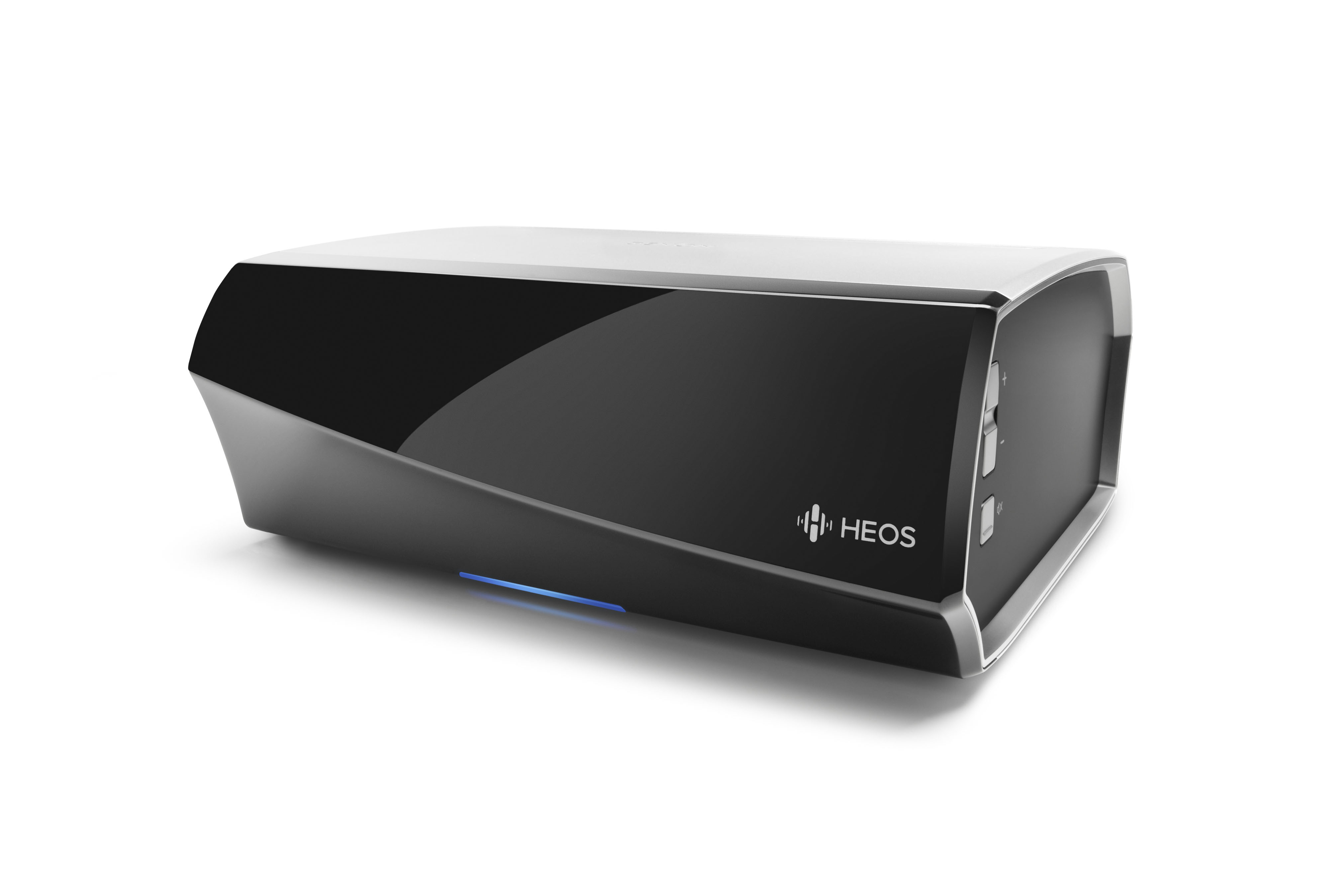

That's not to say 32 Bit 300+kHz audio doesn't have a purpose, but that's for archival, mixing, mastering, and conversions, they may exist, but you can't hear a difference, even in a pretty damn silent, anechoic room. However auditory memory is also the most fickle of memories.Īlso, in order to hear differences between reasonably good quality recordings (CD) and "high rez" (24+ bit, 44.1kHz+) where they're from the same original masters, etc, you generally speaking have to have a VERY quiet room. Yes its odd that Denon/Marantz dont make it public that their HEOS devices contain a built-in UPnP/DLNA renderer, meaning that they can also be used with. It's not replicable in a sanitary environment in a double blind test, but to those people, they fully believe they can hear a difference and their brain might actually be telling them that they are. And there's some weird situations where a person does actually hear a difference, or think they do simply because they have been told that a source is playing back at higher resolution. And there's a lot of people who *think* they can hear the difference. With sources with lower dr ratings, not so much.Īnd there's quite a bit of math and science behind all this. I haven’t found an answer to my question: contact our customer service team. Take a look at the list of our different partners. In addition to our apps, you can enjoy your Qobuz subscriptions from several third-party apps. 16 to 20, if you have a completely uncompressed source that covers a really large DR, you can reasonably tell the difference. Qobuz is available on Mac, PC, iOS and Android. So 20 to 24, you probably can't tell a difference. You reach the point of not being able to tell the difference in a wave produced by about 20bits of depth. The typical max range of coverage there from around -9 to 120dB (roughly threshold of pain).

192+, I doubt anybody's ability to hear that.ġ6bit vs 24bit? Bit depth primarily covers dynamic range. 44.1 and 48kHz are both enough to create a continuous curve that covers the entire audio spectrum within the human range (see Nyquist-Shannon Sampling Theorem), however they can still have a SNR that is greater than background noise of a quiet room. There is also a discernible difference between 44.1, 48, and 96kHz, but only because higher sample rates create less quantization noise. I can tell a difference between a 44.1kHz file being played at 44.1kHz and 48kHz. However resampling, especially oversampling, does introduce noise. Between 44.1kHz and 48kHz, no, if the sources are being played back at their native sample rates.


 0 kommentar(er)
0 kommentar(er)
